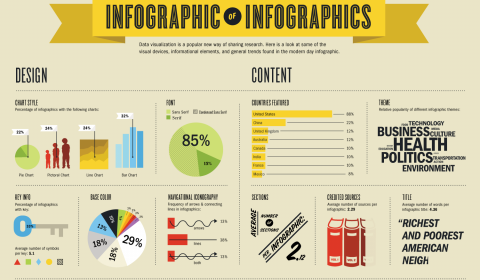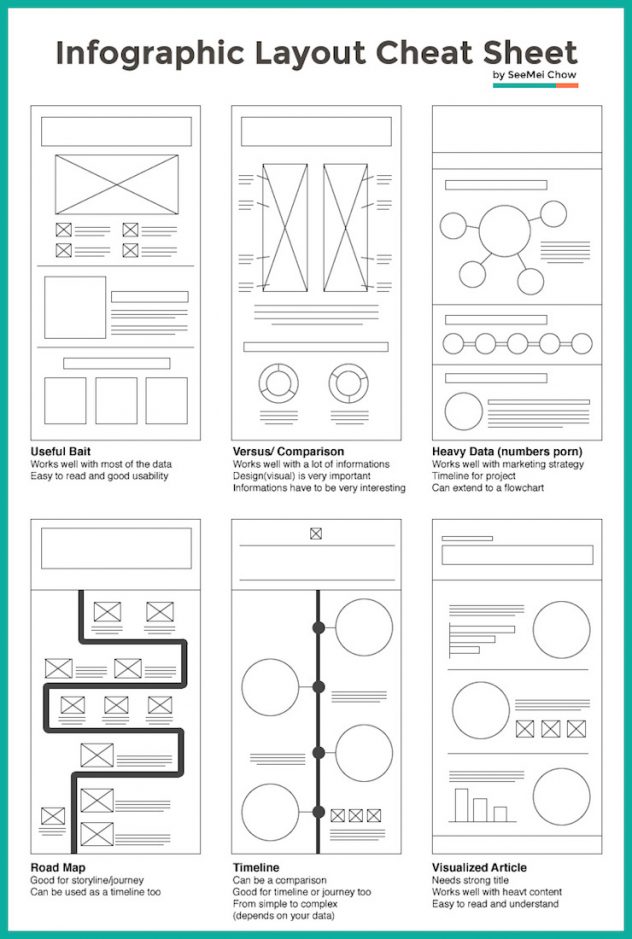Climate change has been a topic of inquiry for many years, but recently it has dominated news headlines. With the involvement of politics and policy changes that affect the Earth, there is a great debate involving what people should do to fight these issues. With overwhelming scientific evidence that humans have significantly accelerated climate change, environmental communicators can feel frustrated when faced with people who refuse to believe that the changing climate is a problem. Walls are put up between those who passionately work to prevent further climate change and those who do not accept it as a legitimate problem, and it sometimes feels like there is no common ground between the two populations. Here are some of the biggest barriers to understanding climate change and the environment, and how communication professionals can attempt to break through and make this issue relevant.
“Not My Problem”
Psychological studies have shown that all around the world, those who directly experience the effects of climate changes are the ones who feel most compelled to act and who are concerned about the future (need to find this citation again). People living in coastal cities, cities with normal high temperatures that continue to rise, or historically cold towns that are experiencing mild seasons see in their every day lives that the world is changing, and they dramatically hope that the rest of the world takes action. However, a large part of the world doesn’t have this same perspective. They have not noticed the changes in their lives that much. Therefore, it is up to communicators to show these people that there ARE affects that will eventually be seen in their families lives. Through creating interactive experiences and making messages targeted towards the audience’s own life and experience, they will pay more attention to what is said and potentially be more compelled to take action.
“Not My Political Party”
Issues concerning the environment have become partisan. Many people use a political party as a part of their identity, and therefore form opinions around that party as to affirm this identity. It is important for communicators to remove political bias when speaking about the environment. That said, politicians do not always make the best spokespeople for these issues. Instead, a more unbiased voice should be used to address an audience and present facts.
“Not My Field of Study”
When you get down to it, greenhouse gasses, carbon emissions, and the specific scientific effects of climate change can be complicated matters, especially to people who do not like science! Many people truly do not understand, or choose to tune out language that they are not familiar with. While specific scientific facts are vital to those that study this phenomenon for a living in research labs and in the field, others who do not have the same background knowledge need a more baseline understanding. Messages need to be simplified and not focus on details that require a bachelor of science degree to understand. Making information available to everyone, regardless of education level, is key to getting the entire world on board with sustainable practices.












